THE COLLECTIONS
The Museum’s collections tell the story of modern astronomical technology, from 1940 to today. While exhibiting only a selection of the instruments present in the observatory, they house the heart of astronomical research carried out with the Galileo telescope and the instruments connected to it.
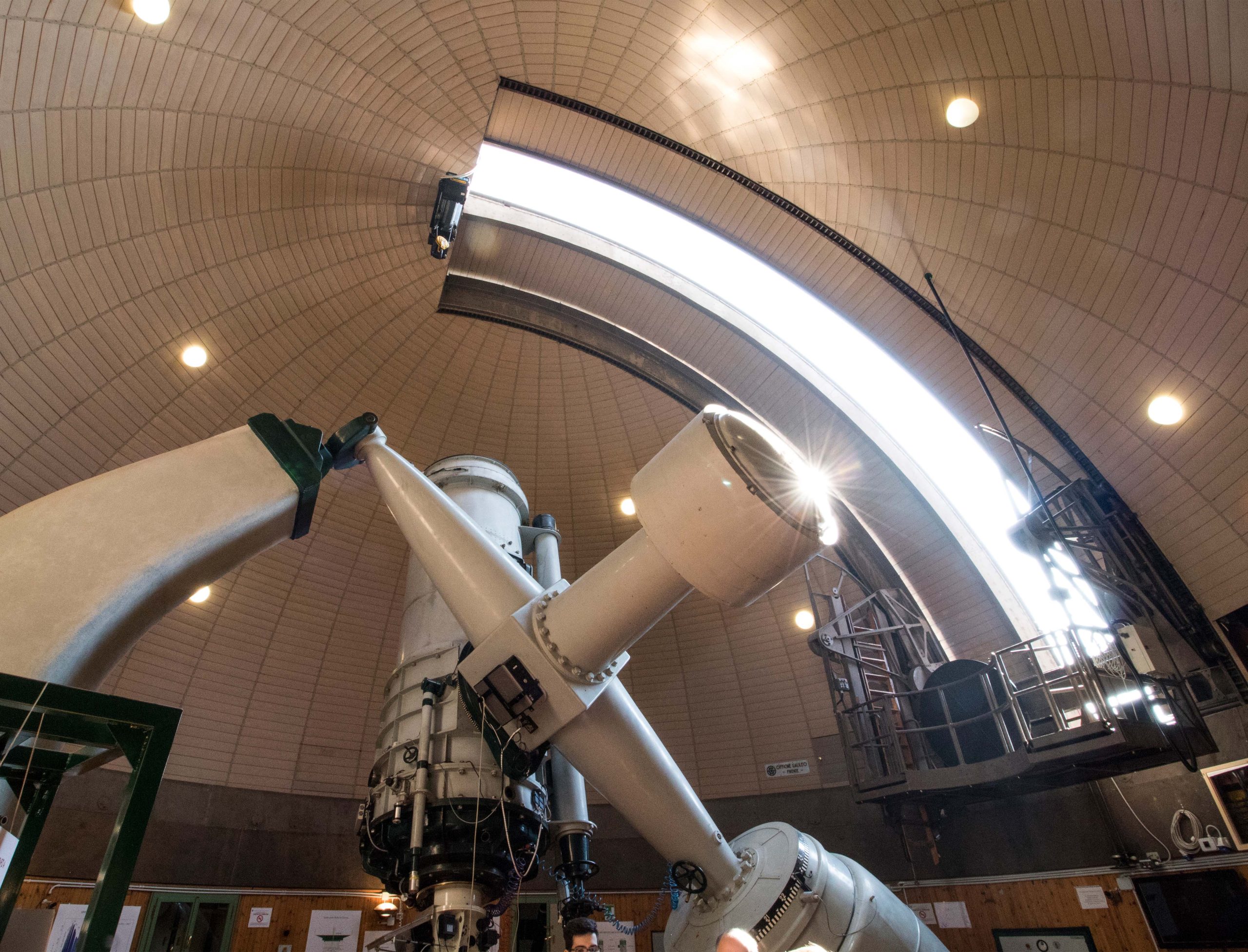
The Galileo telescope
A unique piece of the Museum, still in use for scientific research and university teaching. An opportunity to discover a historical instrument and its technological evolution.
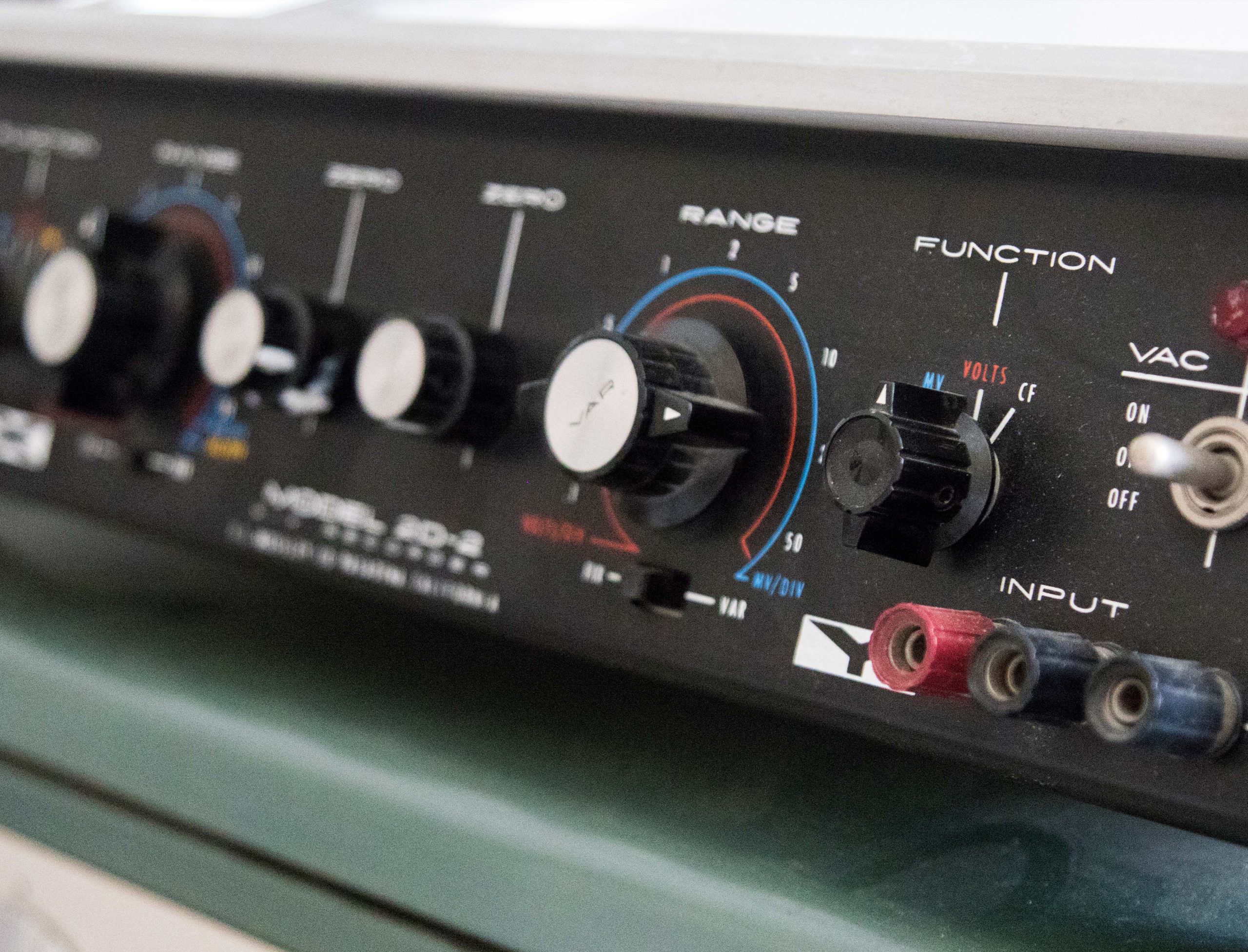
The archive
A precious heritage that collects photographic plates, historical documents, and scientific instruments. Preserved and enhanced to preserve the memory of astronomical observation.
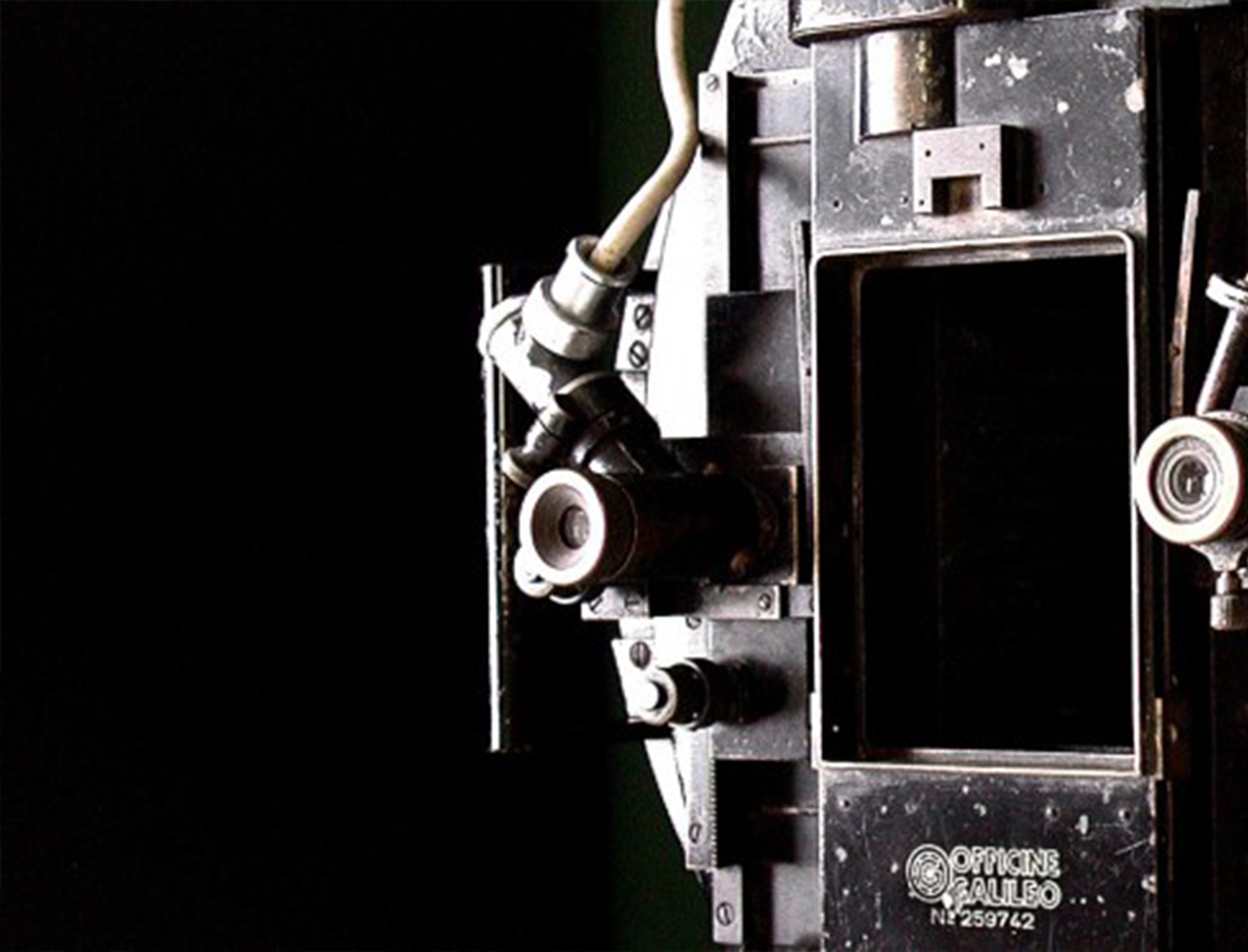
Instruments at the telescope
Technology and innovation for sky observation: cameras, light intensifiers, and unique spectrographs at the service of research.
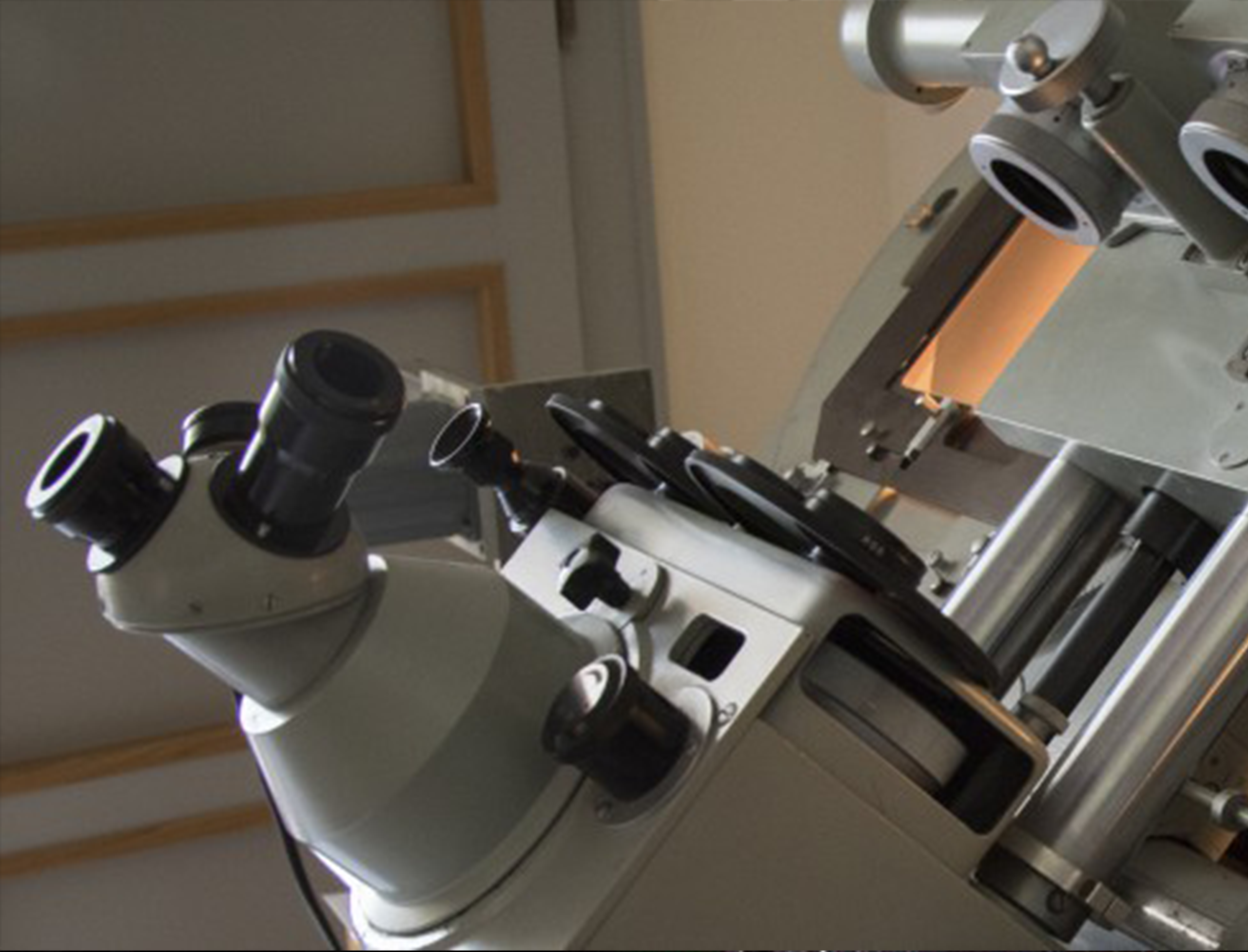
Measuring instruments
Precision and innovation for astronomical analysis: discover the instruments that have transformed raw data into fundamental discoveries for astrophysics.
RESEARCH
The Asiago Astrophysical Observatory, founded in 1942 by the University of Padua, hosts the “Galileo” telescope, a 122 cm reflector that has played a key role in important discoveries related to variable stars, novae, supernovae, and galaxies. Although more technologically advanced telescopes are now available, the “Galileo” is still actively used for scientific research, particularly in the monitoring transient phenomena, as well as for university teaching and student training. Additionally, it serves as a testing platform for new optical technologies.
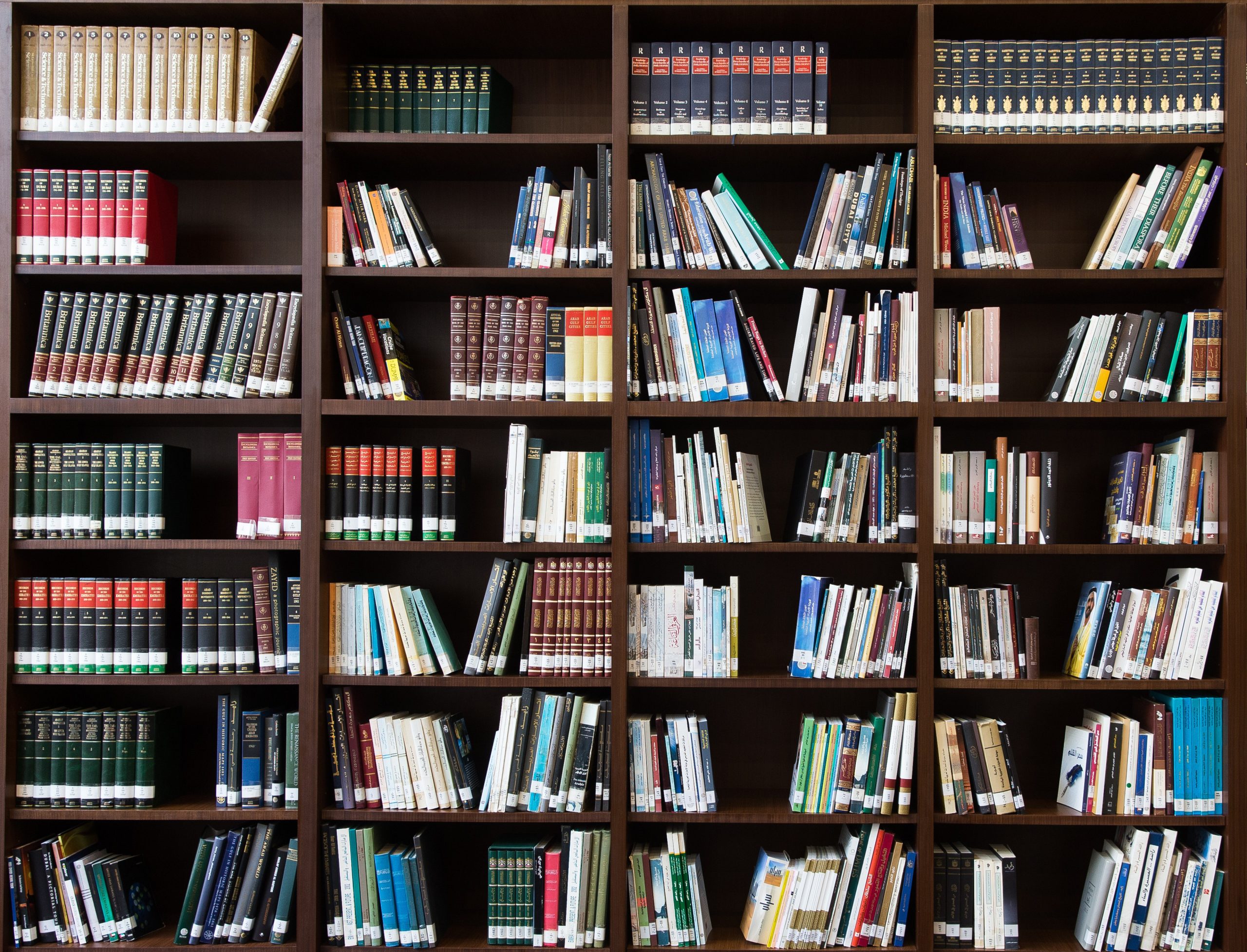
Publications
Deepen the scientific research conducted at the Asiago Observatory: a collection of publications that tells decades of astronomical discoveries.
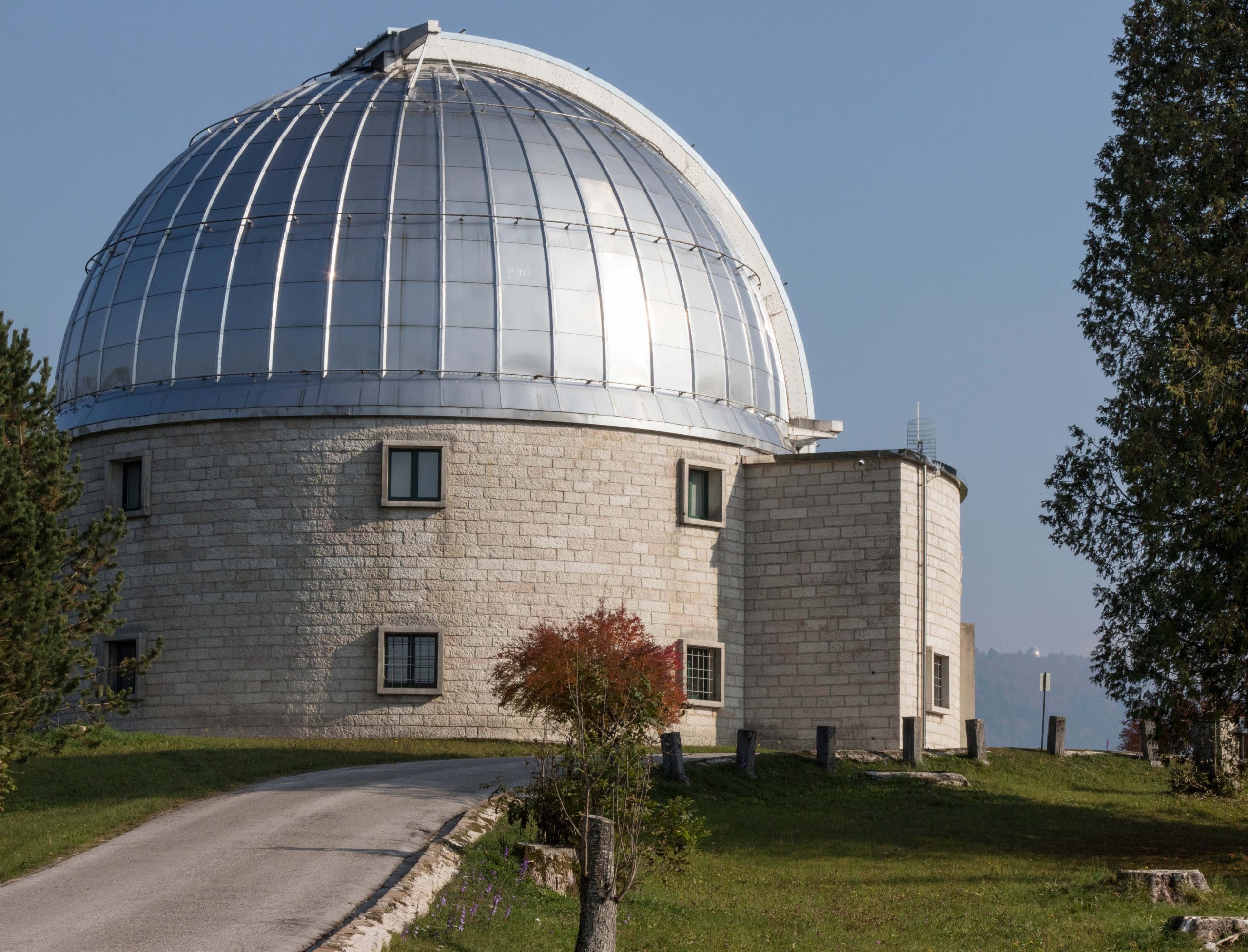
The Asiago Observatory
Discover the Asiago Astrophysical Observatory, its history, and its scientific and educational activities.
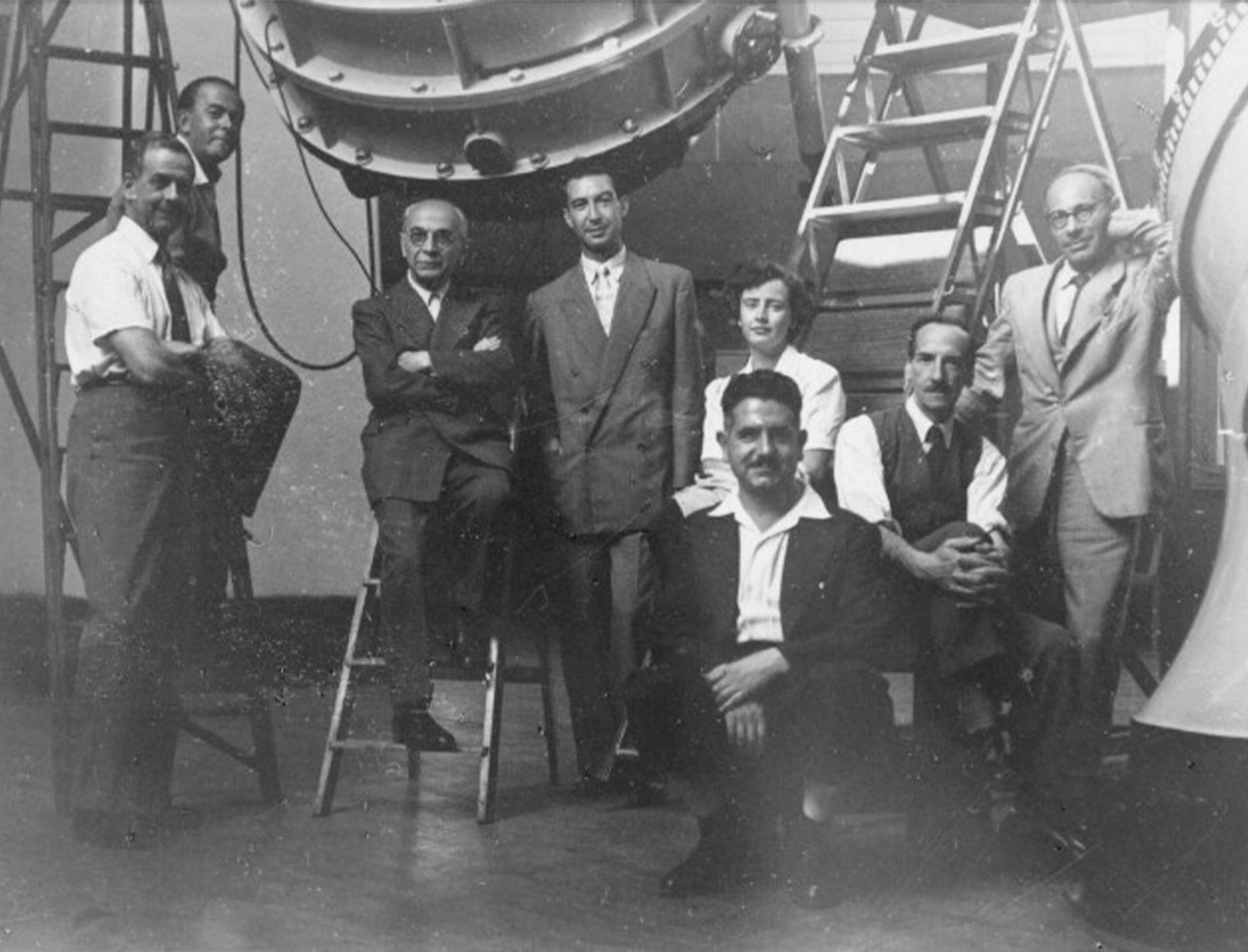
An inseparable link between history and research
Museum and Asiago Observatory: two realities united by a passion for the universe. Discover the historical instruments and observe the Galileo telescope still in action.
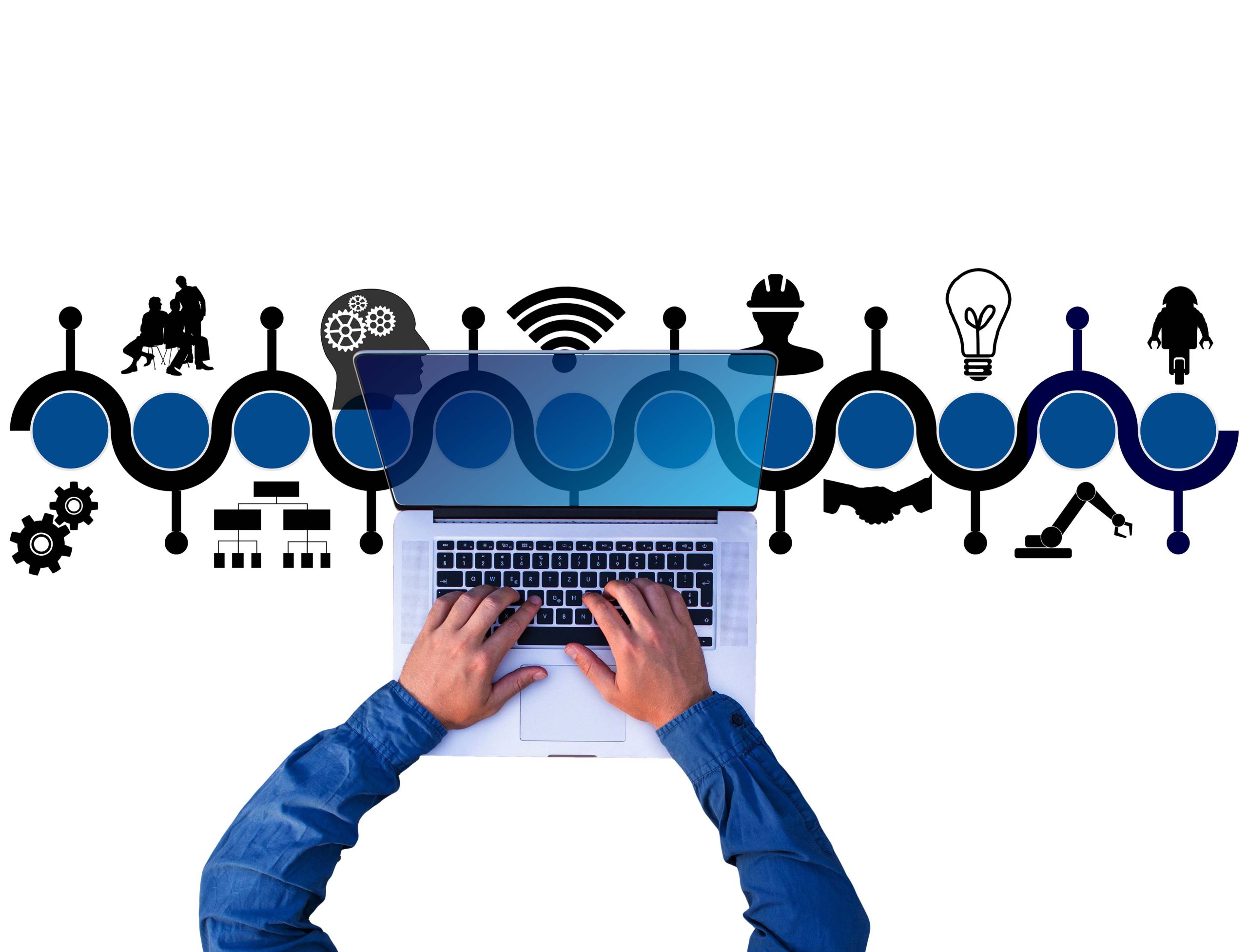
Projects
From the study of supernovae to stellar spectroscopy, combining scientific innovation and dissemination: discover what the Asiago Observatory is working on.
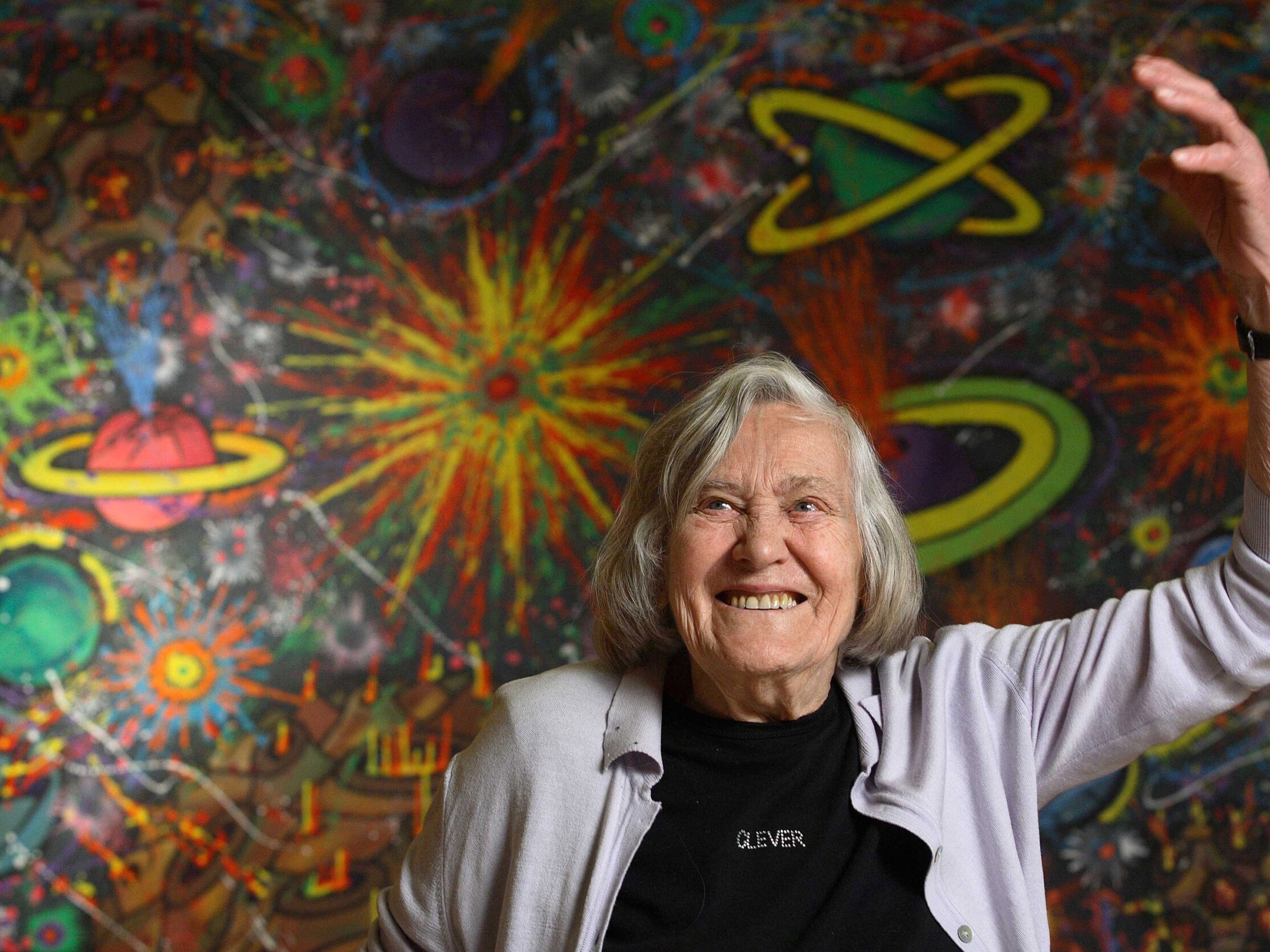
Margherita Hack at the Asiago Observatory
From 1951 to 1954, Margherita Hack studied stellar atmospheres at the Asiago Observatory, leaving a valuable archive of observations.
HISTORY
Since its opening in 2008, the Museum of Astronomical Instruments in Asiago has enhanced the long astronomical tradition of the University of Padua. It exhibits historical instruments used between the 1940s and 1980s, collected and restored to tell the evolution of astrophysical research and the central role of the Asiago Observatory.
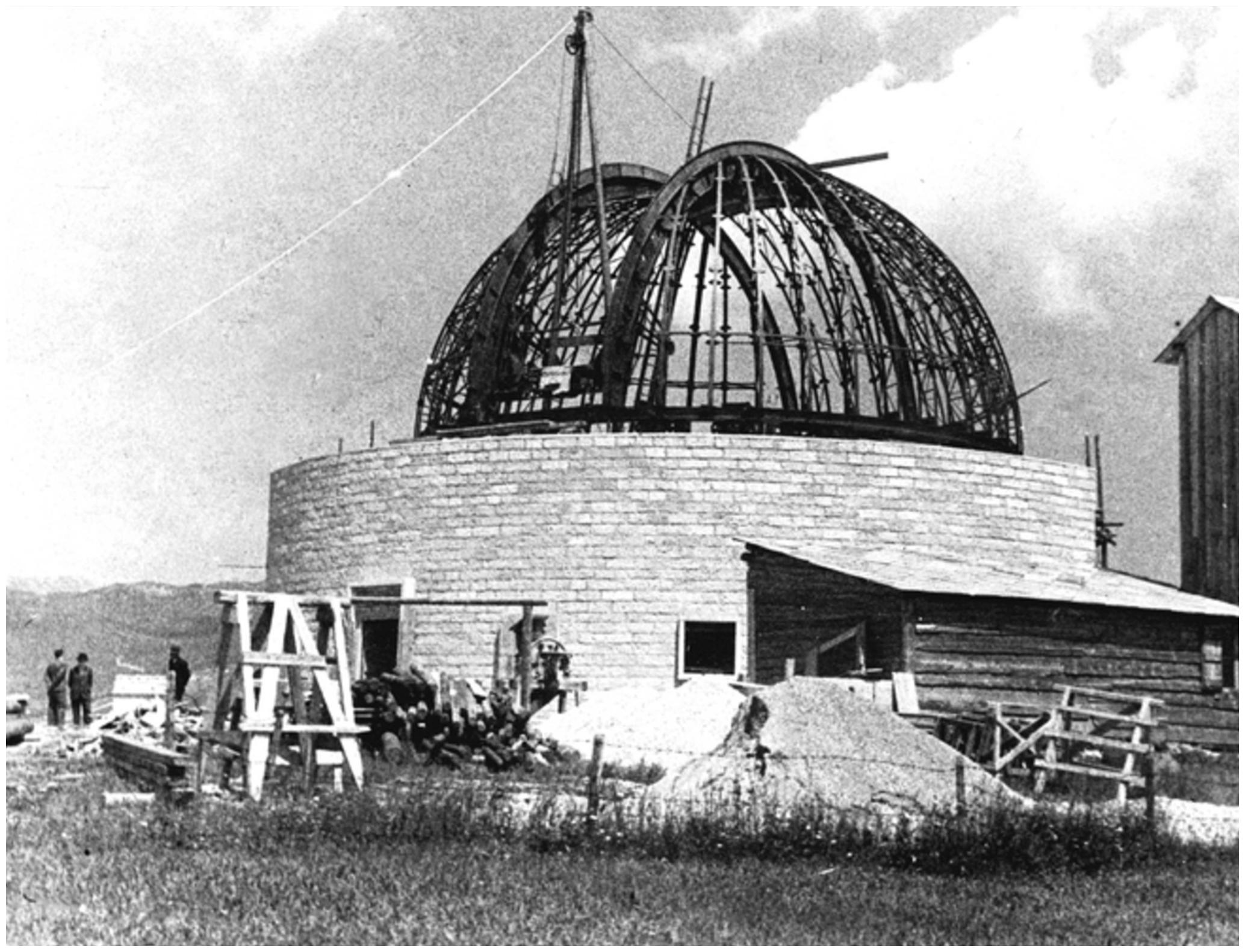
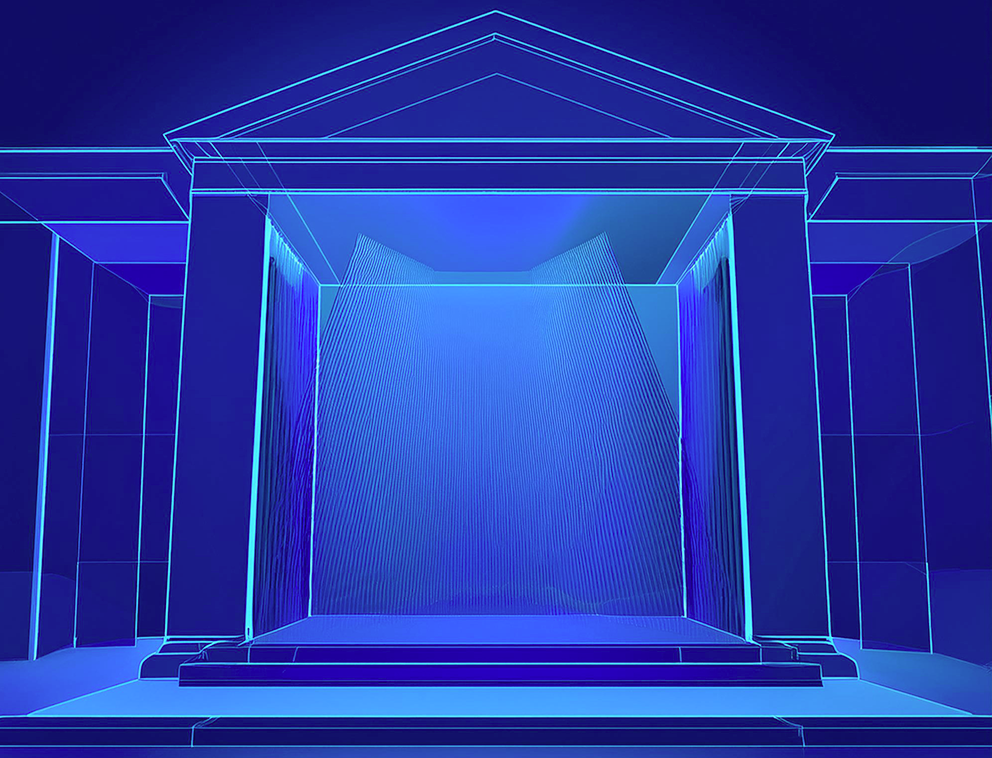
DIGITAL MUSEUM
The Museum of Astronomical Instruments brings its historical and scientific heritage online through two rich digital sections: the Digital Collections and the Video Gallery.
THE STAFF
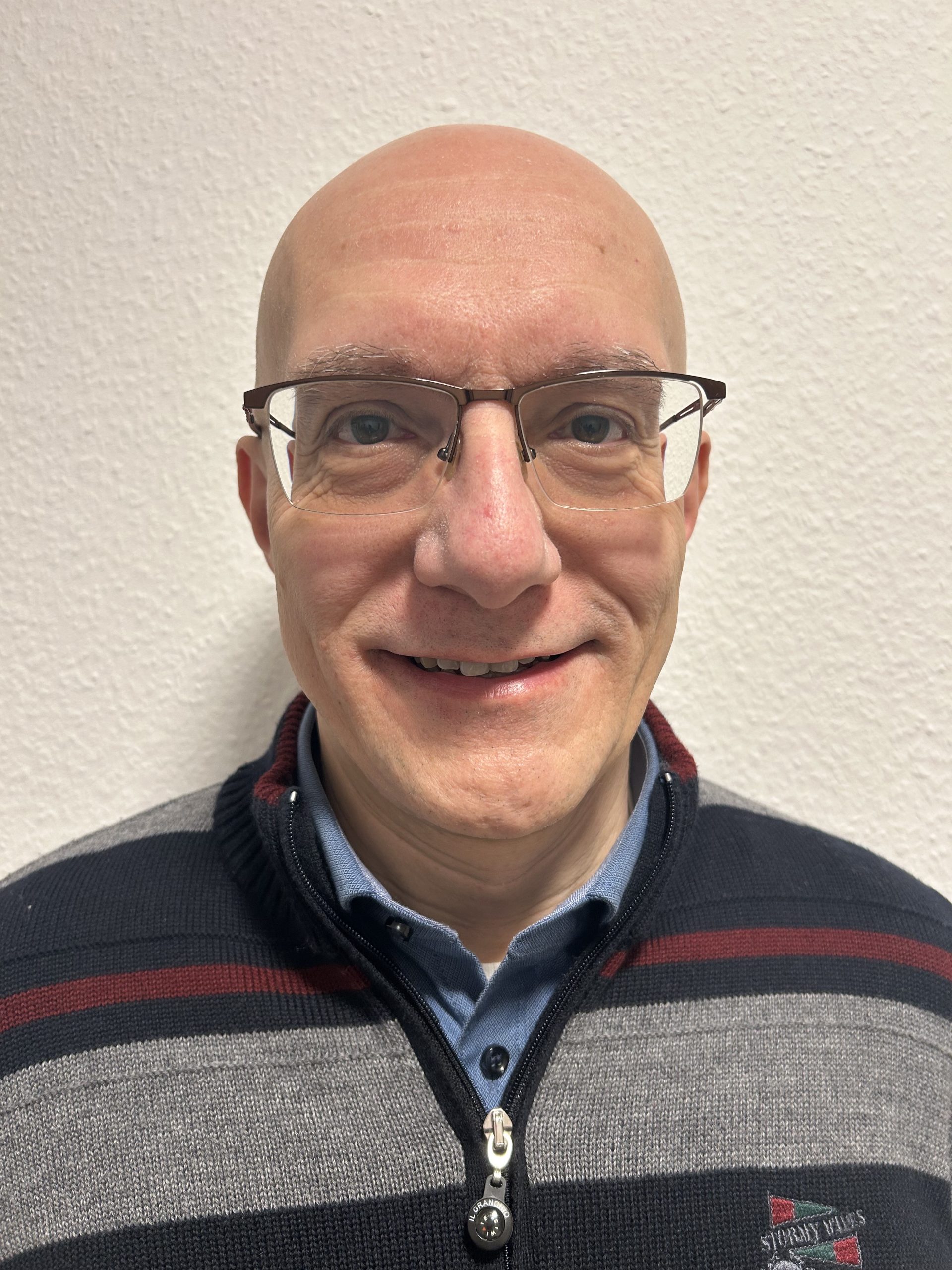
Stefano Ciroi
Scientific Director
Graduated in Astronomy from the University of Padua in 1996, he obtained his PhD from the University of Potsdam in 2000. He currently holds the position of Associate Professor in the Department of Physics and Astronomy at the University of Padua and serves as the principal astronomer at the Asiago Astrophysical Observatory. His research focuses on active galaxies, nebulae, and emission-line stars.
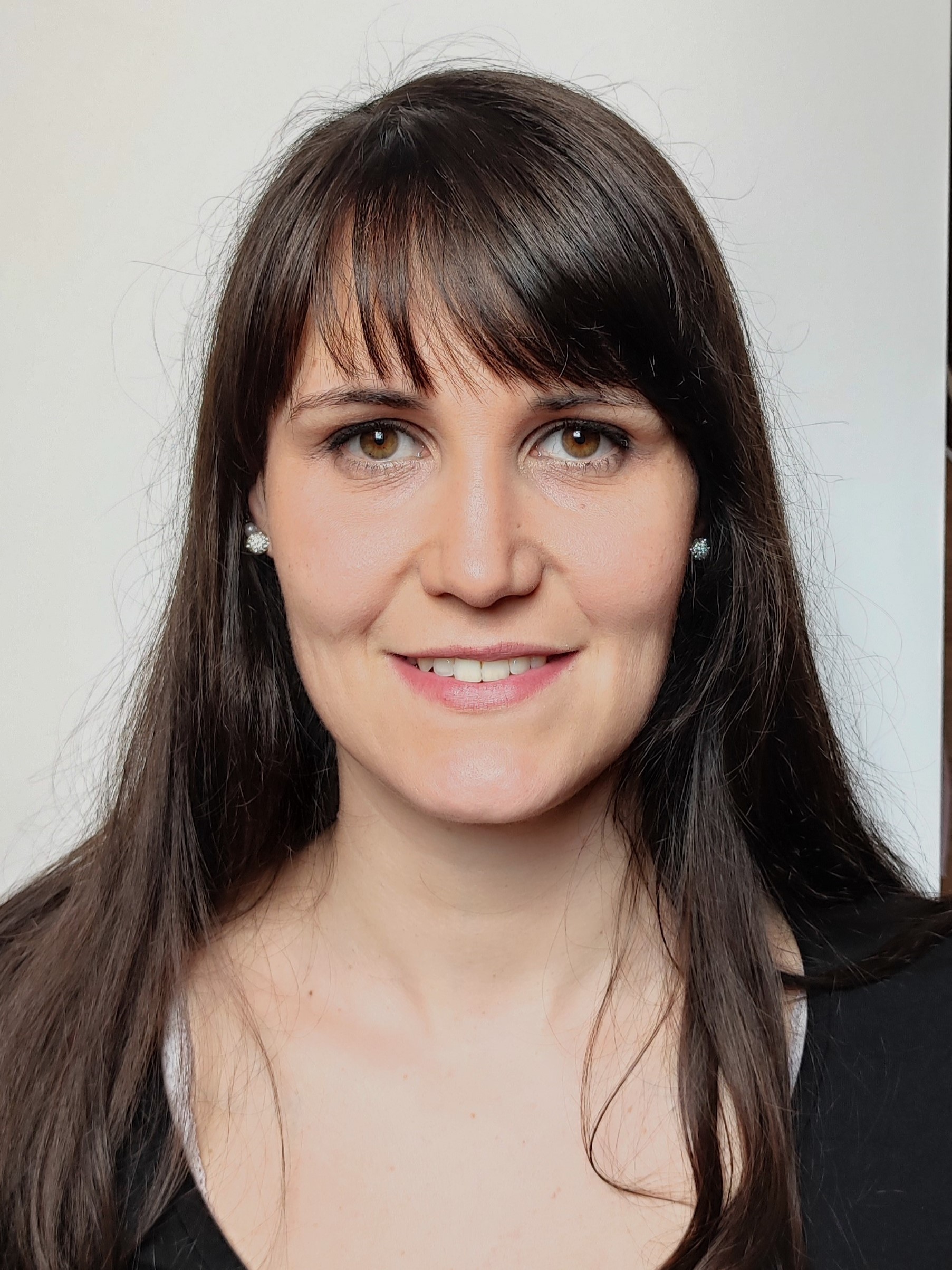
Deborah Carli
Curator
Master’s student in Astrophysics and Cosmology at the Department of Physics and Astronomy of the University of Padua. Since May 2025, she has been part of the technical staff at the Asiago Astrophysical Observatory. Her work focuses on science communication in astronomy and on the preservation and promotion of the observatory’s historical and scientific heritage.
A SPECIAL THANKS
The realization of MUSA would not have been possible without the valuable work of Dr. Gabriele Umbriaco, who took charge of recovering decommissioned instruments and curating their display, as well as conducting research and study of historical documents attesting to their characteristics, functionality, and historical significance.
